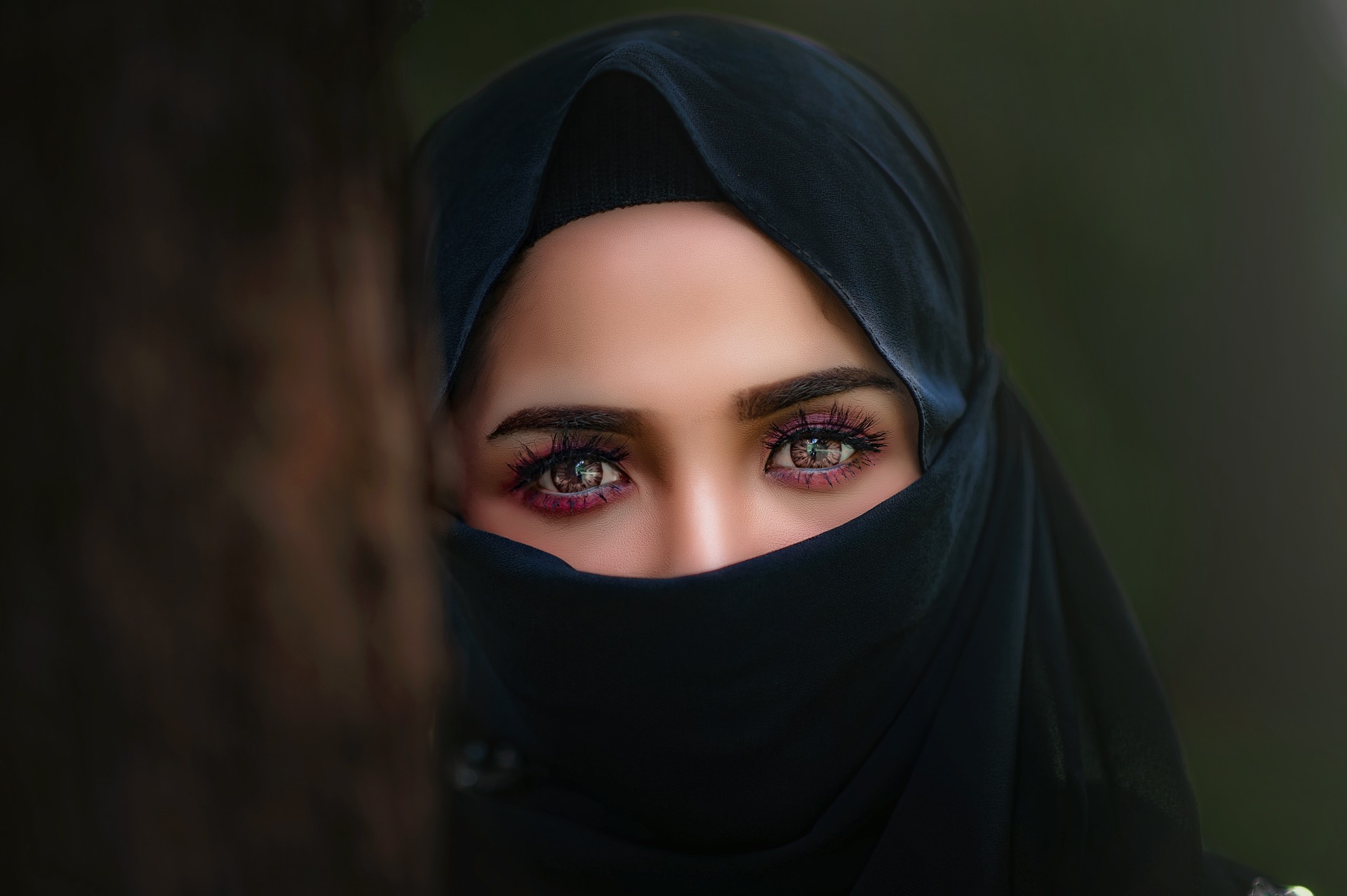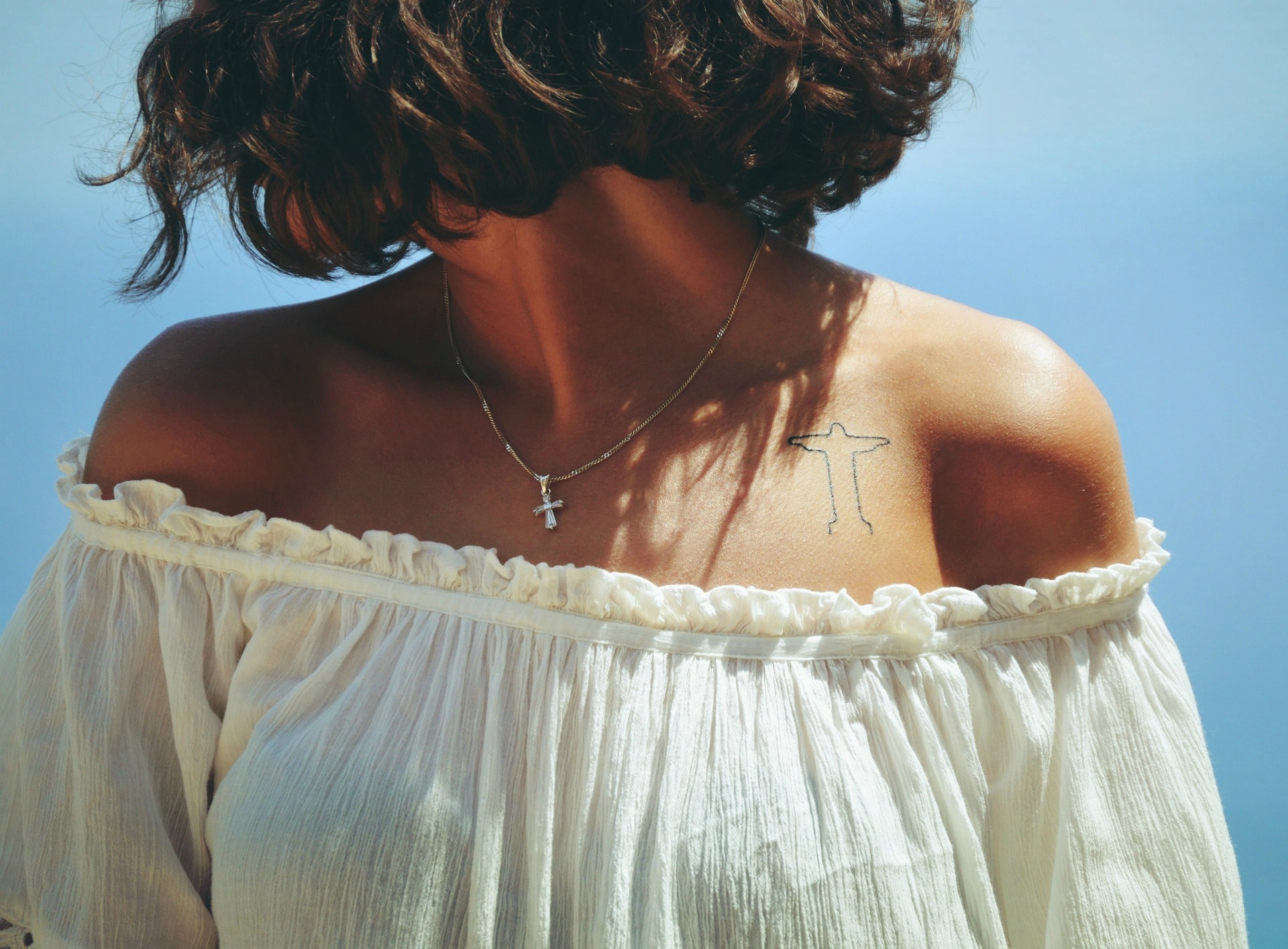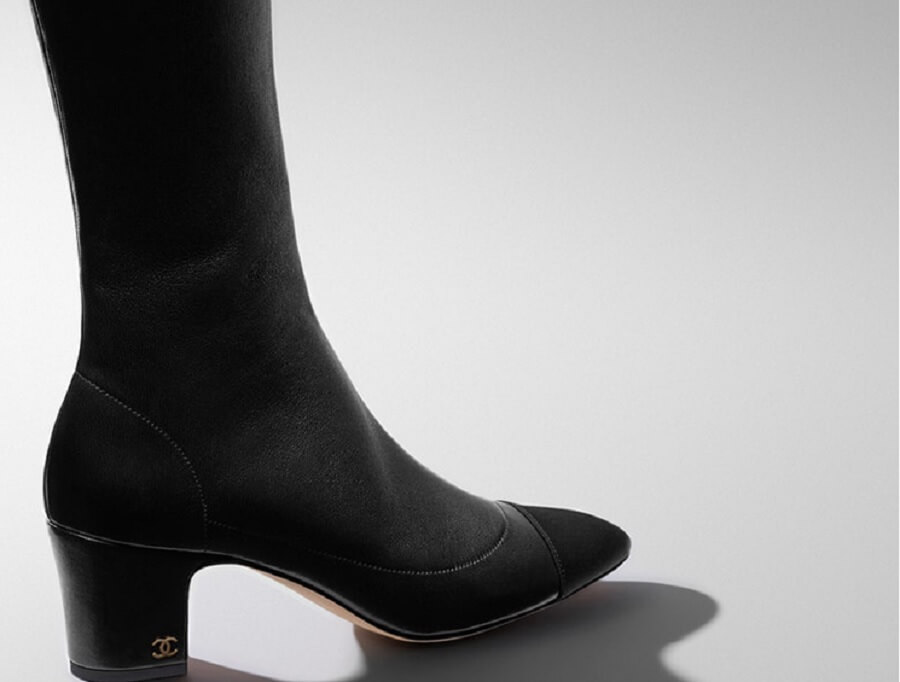We’re fascinated with different fashion around the world, and how it’s evolved.
Fashion varies around the world, and in many countries, there are clothing laws and cultural norms to guide day to day wear. Let’s take a look at dress codes around the world – including the most extreme ones and reasons why they introduced these expectations or laws.
Dress Codes Around the World That You Need to Know
Clothing laws around the world are fascinating and there are so many countries with different regulations and laws. We’ve scoured the Internet to find the most interesting and extreme dress codes around the world. We haven’t included public nudity in this list, which is illegal in the United States, United Kingdom, Singapore and a few other countries.
1. France
France has one of the strictest dress codes around the world. In 2010, the country introduced a law to ban the burqa in public. The controversy began in 2004 by clamping down on students in schools displaying a religious symbol. However, the government decided to go further by bringing in a total ban on full-face veils. The President announced this item of clothing is “not welcome” in their country. Anyone who attempts to force a woman to cover her face will receive a 30,000-euro fine. If a woman breaks the ban, she’ll receive a 150-euro fine.
In addition, the country is dedicated to eliminating product waste. They even went so far as to pass a law which prevents the textile industry from throwing away unsold clothes. This is because France saw an increase in homeless people rummaging through store dumpsters, back in 2016. Instead of store owners adding locks around their garbage, the law requires that these stores donate their old stock to charities.
The little black dress is a fashion staple for most French women. However, women don’t just wear this style of dress in one colour, but mix it up with various patterns and details. However, the French often prefer dark colours and simple patterns to maintain a sophisticated style. The scarf is a popular accessory amongst French men and women. They wear this accessory to protect their neck from the cold during the winter and fall. However, woman like to wear scarves in the warm season too. But, to keep themselves cool, they switch to materials such as silk or cotton and drape it lightly across their shoulders or tie a knot around their neck.
2. North Korea
North Korean is another country with some of the strictest dress codes around the world. Anyone caught wearing an item of clothing or accessory by a Western company will face punishment, and could potentially end up at a labour camp.
As for hairstyles, men aren’t allowed to grow their hair past 5cm and it must receive a cut every 15 days. You might be wondering why hair is so important in North Korea. Well, that’s because the culture believes that the length of your hair represents your intelligence. Apparently, if you grow your hair long, the hair follicles will begin pinching all the nutrients out of your brain.
Supreme Leader, Kim Jong-un created a law that women can’t wear trousers. If you’re caught wearing them, you’ll be heavily punished and probably thrown into jail. Relating to trousers, wearing jeans is forbidden. We find this ironic given that North Korea made a huge business from exporting denim. However, wearing denim is more than frowned upon, but illegal.
As for footwear, your shoes should be clean and tidy at all times. The culture believes that scuffed shoes are pure evil and should be polished and buffed. Fashion is not about a sense of identity and taste in North Korea. However, it is a matter of strict state policies and regulations. Anyone caught wearing any fashion which is foreign looking will immediately bring attention to themselves. This is because the government believes that fashion is a reflection of religious beliefs, and if you represent another culture whilst living in North Korea, you’re tarnishing their morals. Consequently, no-one can wear sunhats as they’re suspicious, and everyone should avoid wearing anything too revealing.
3. Sudan
Sudan is another country wear women aren’t allowed to wear trousers. One incident reported that around 12 women received 40 lashings and a $100-fine because of this crime. The law in contention is in Article 152 of Sudan’s penal code. It states that a person will receive up to 40 lashes and a fine should they violate public morality or wear indecent clothing. It seems that it’s easier for women than man to get into trouble for their fashion. Specifically, in South Darfur, 150 females faced jail time and fined for wearing tight clothes and not wearing socks.
Clothing is a symbolism of culture and religion in Sudan. Muslim women in the north must follow the tradition of covering their heads and entire bodies down to their ankles. They can achieve this by wrapping themselves in atobe – a length of semi-transparent fabric which layers over the top of your clothing. Men often wear a long white robe called jalabiya. They then team this with a small cap or a turban to cover their head. However, in rural areas, people wear little clothing, or sometimes even nothing at all.
It’s an offence for men to wear make-up in Sudan. This became apparent in 2010, when seven men received jail time and fined for wearing make-up at a fashion show. You might be wondering why this is, and well there’s a huge amount of speculation over fashion that is and isn’t legal. However, this is suspect to the government’s interpretation of what is acceptable and what isn’t. To be on the safe side, replicate what the rest of the country is wearing to prevent arousing suspicion.
4. Saudi Arabia
Looking at dress codes around the world, Saudi Arabia was bound to make an appearance on this list. However, they’re a lot more lenient with foreigners, but it is still important that you’re in the loop with their clothing laws. If you’re a woman and out in public, you’re required to wear at least an abaya over your normal clothes. This is a long, usually black, clock to cover your normal clothes and conceal your body shape.
A headscarf is optional. However, if you’re visiting this country, we recommend that you do wear a headscarf and commit the rest of your ensemble to their clothing culture. Michelle Obama visited in 2014 and didn’t wear a headscarf. Consequently, locals thought it displayed a lack of respect for their culture. If you plan to sunbathe in a bikini, think again. Women aren’t allowed to wear a bikini at a pool, and you wear shoes when entering buildings.
If you’re a woman in Saudi Arabia, you must cover up to your wrists and ankles and ensure your cleavage isn’t visible. Ensure that your clothes aren’t tight enough to show your curves. Carefully consider that material of your clothes so they don’t stick to your skin and enhance your body shape, or they’re not see-through. As for make-up, avoid bright colours and keep it simple and natural-looking. If your jewelry has any references to other religions, tuck it away and don't keep it on display.
Briefly, guys should cover their shoulders and legs, and not wear skinny jeans. They’re not allowed to wear any jewelry other than a wrist watch and a wedding ring. As for cleanliness, they should smell clean and good, but not overpowered with fragrance.
5. Uganda
Another of the strictest dress codes around the world is in Uganda. In July 2017, their clothing law got stricter to regulate male and female dress code in public. The Ministry of Public Service imposed this change to regulate how the people of Uganda appear in public. For example, men can’t wear tight trousers, but must wear a jacket and tie and keep their hair well-groomed and short. Although this might seem strict and specific, the women’s regulation is more detailed and regulated.
For example, women shouldn’t dress in a short skirt above the knees and should always resemble a smart appearance, such as a long-sleeve or short-sleeved blouse. The knees, navel and cleavage must be covered at all times. These are certain types of appearances which are proscribed too, such as long nails, bright-coloured hair dyes, or bright nail polish. It’s important to follow these regulations, as anyone who violates this code will be sent home from work without pay.
6. Brazil
When researching dress codes around the world, Brazil was one of the countries which stood out to us for a multitude of reasons. Specifically, their clothing laws dedicate themselves to careers and appearance in the professional workplace. For example, when working in marketing and business, employees, managers and commercial representatives should wear a formal suit and tie. Dress-shirts should definitely by neat and wrinkle-free.
The fit of your clothes is important too, and shouldn’t be too tight or baggy. Rather than bold and bright colours, stick to dark colours which represent professionalism. Manicures aren’t recommended, but expected. If intending to use accessories, opt for good-quality accessories such as earrings, bracelets and necklaces.
The way a person dresses represents their job position. As suits and ties are more expensive, these are only worn by professionals who make more money than you. So, a boss wears suits and ties to represent the company and to physically appear different from other employees. People should dress in a manner which showcases your education and authority, and isn’t an offense to mislead others with your fashion.
As hierarchy displays itself through fashion, appearance is important in Brazil. Specifically, if you wear a uniform, typically you’re a worker who doesn’t make a lot of money. However, if you wear a suit, there’s a higher chance you’re educated and a successful professional – potentially even the boss.
A Brief History of Dress Code Regulations
After researching dress codes around the world, it seems that men have more control over what women wear than vice versa. Let’s take a look at a timeline of historical events in the fashion realm.
1998: A judge allowed a rapist to walk free as his victim wore tight jeans. A 45-year-old driving instructed was convicted and sentenced for raping an 18-year-old girl. However, the defence argued that she must have helped the rapist to remove her jeans, which is an act of consent. The Supreme Court reported that it is virtually impossible to remove tight jeans without any assistance.
1979: Iran enforced a law that women were forbidden from appearing in public without a headscarf. Despite this controversy, women celebrated this law, because it meant that they could leave the house for the first time without the company of a male presence.
1890: Table legs in the U.K. were covered up as they resembled women’s legs. That’s right. In the U.K., it was decided that women must cover their entire bodies in public, including necklines just below the chin, and hemlines to below the ankle.
What Dress Codes Around the World Shock You?
Fashion is always evolving. However, it’s also interesting how many countries chose to keep to their old ways for religious and cultural beliefs. Mainly, we wanted to inform you of these clothing laws and guidelines, and not to offend different cultures. If you intend to visit any of these countries, ensure you research and stick to their clothing polices.
Do any of these dress codes around the world shock you? Let us know in the comments, or share your knowledge of dress codes around the world to inform others.
Related Article: Most Expensive Shoes for Men and Women and Why You Need Them





